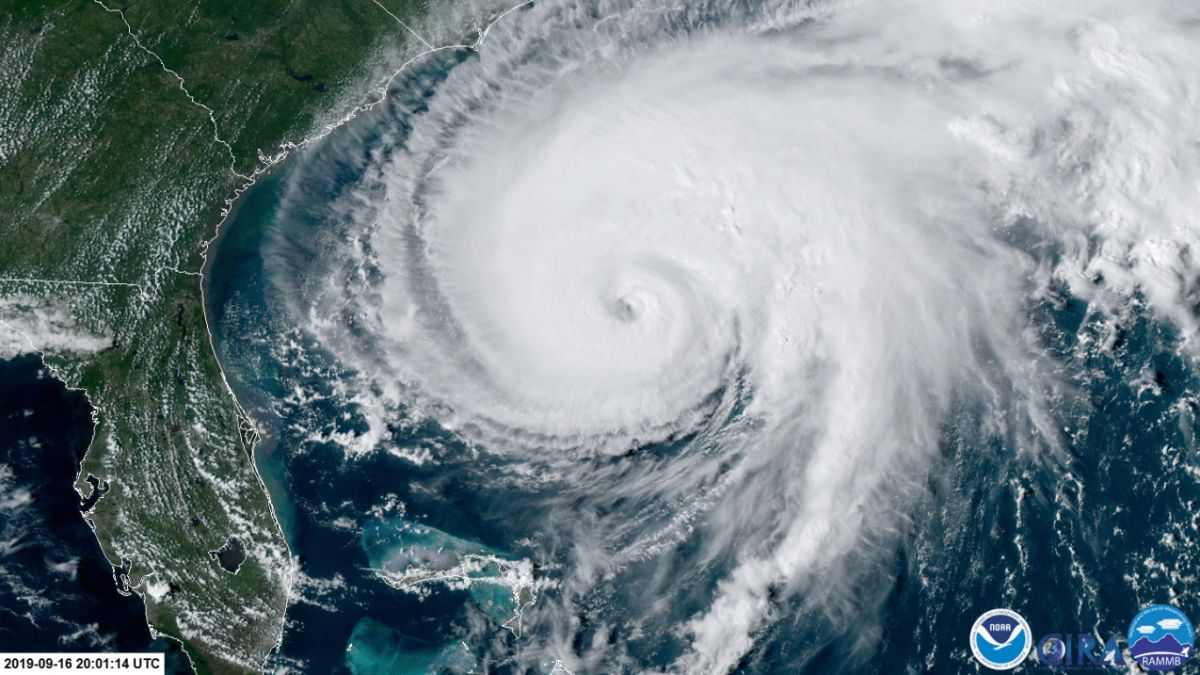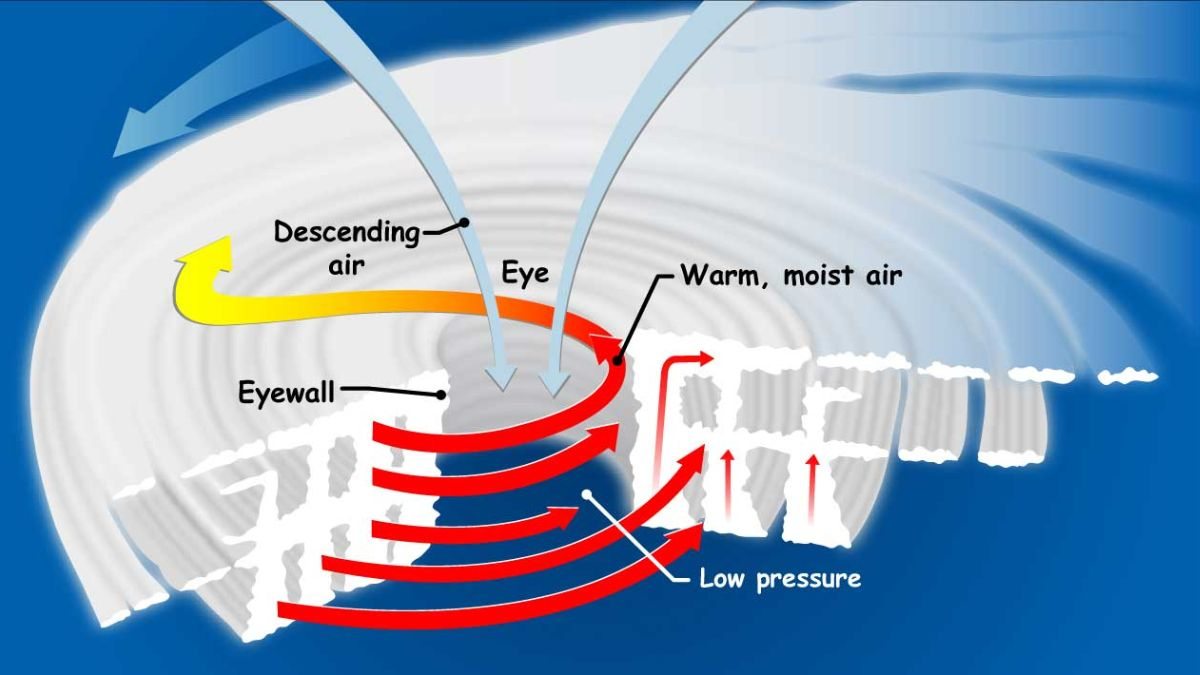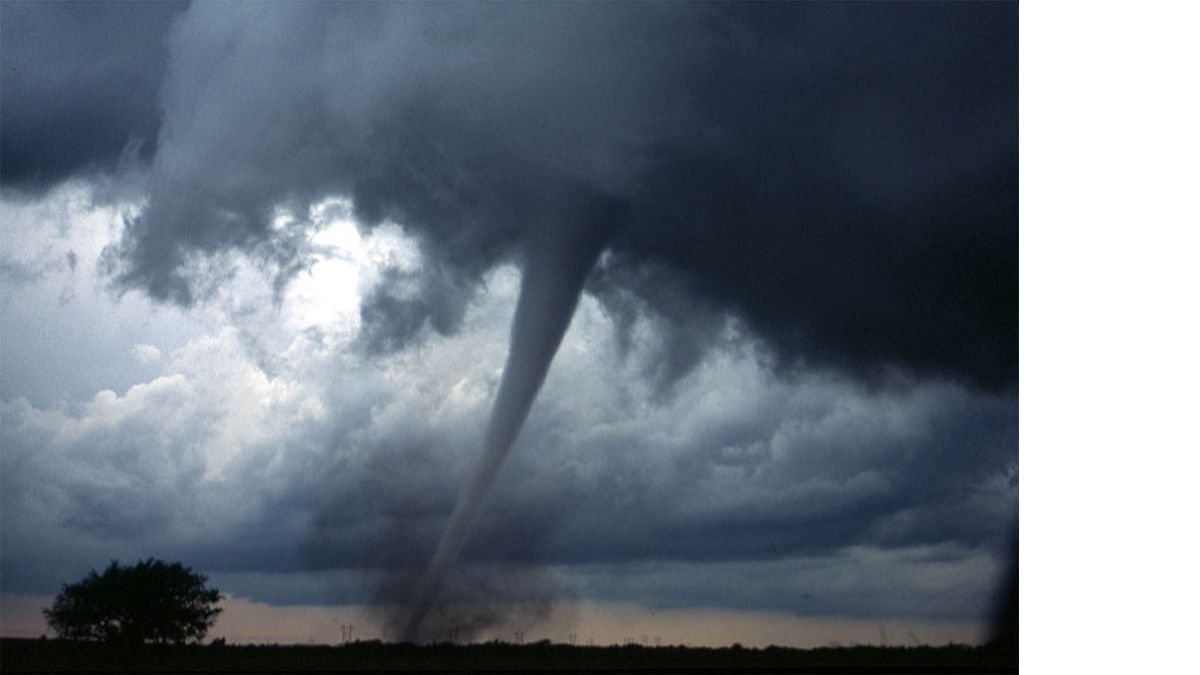What area are tornadoes most common in? Where are hurricanes most likely to occur? What was the worst hurricane in history? What was the deadliest tornado ever recorded? These are some of the most frequently asked questions when discussing extreme weather phenomena. While hurricanes and tornadoes are both powerful storms capable of causing widespread devastation, their formation, characteristics, and impact are vastly different.
People often search for terms like "difference between hurricane and tornado," "tornado vs. hurricane wind speed," or "hurricane vs. tornado, which is worse?" to better understand these storms. Both events involve high-speed winds and destructive forces, but their origins, size, duration, and affected regions set them apart. A deeper understanding of these storms is not only beneficial for general knowledge but also essential for disaster preparedness, particularly for regions frequently affected by these natural disasters.
Difference Between Curd and Yogurt
This article delves into the scientific differences between hurricanes and tornadoes, explaining their formation, characteristics, and impact. By the end, readers will have a clear understanding of how these powerful atmospheric events differ, how hurricanes and tornadoes are named, and also the top 10 deadliest hurricanes and tornadoes in history.
What is a Hurricane?

Image: NOAA
A hurricane, also known as a tropical cyclone or typhoon (depending on the region), is a large-scale storm system that forms over warm ocean waters. It is characterized by a low-pressure center, strong winds, and heavy rainfall. Hurricanes typically develop in tropical and subtropical regions where sea surface temperatures exceed 26°C (79°F). These storms derive their energy from the heat of the ocean and can last for several days or even weeks.
Hurricanes are classified into five categories based on the Saffir-Simpson Hurricane Wind Scale, with Category 5 being the most intense. The Saffir-Simpson Hurricane Wind Scale categorizes hurricanes from 1 to 5 based on their intensity at a given time. Developed by wind engineer Herb Saffir and meteorologist Bob Simpson, the scale specifically measures sustained wind speeds but does not account for other hurricane-related impacts like storm surge, flooding from rainfall, or tornadoes.
-
Category 1: Sustained winds of 74-95 mph (119-153 km/h)
-
Category 2: Sustained winds of 96-110 mph (154-177 km/h)
-
Category 3: Sustained winds of 111-129 mph (178-208 km/h)
-
Category 4: Sustained winds of 130-156 mph (209-251 km/h)
-
Category 5: Sustained winds of 157 mph or higher (252 km/h or higher)
Note: Hurricanes classified as Category 3 or above are considered "major" hurricanes.
Hurricanes occur mainly in the Atlantic Ocean, the Caribbean Sea, the Gulf of Mexico, and the eastern Pacific Ocean. The worst hurricane in history in terms of casualties is often considered the Great Hurricane of 1780, which killed over 20,000 people in the Caribbean. In terms of economic damage, Hurricane Katrina (2005) was one of the most devastating hurricanes to hit the United States.
What is a Hurricane Eye?

Image: NASA
The rotating winds create the characteristic “eye” of the hurricane, a calm, nearly cloud-free center surrounded by the most intense winds and thunderstorms known as the eyewall. The eye forms due to the rapid inward spiral of warm, moist air, which rises and cools, leaving behind a low-pressure area at the center. As air sinks within the eye, it warms and stabilizes, resulting in clear skies and relatively calm conditions compared to the surrounding storm. Despite its tranquility, the eye is encircled by the storm’s most violent winds and heavy rainfall.
How Are Hurricanes Named?
Hurricanes are named following a systematic method established by the World Meteorological Organization (WMO). Before the 1950s, hurricanes were identified by latitude and longitude coordinates, which proved inefficient for communication. In 1953, the United States started naming hurricanes using female names, later expanding to male and female names in 1979 for inclusivity.
Each ocean basin has a rotating list of names, used on a six-year cycle. If a hurricane is particularly devastating, its name is retired and replaced with a new one. The names follow alphabetical order and exclude certain letters like Q, U, X, Y, and Z due to limited name availability. For example, some retired hurricane names include Katrina (2005), Sandy (2012), and Harvey (2017) due to their catastrophic impact.
In the North Atlantic and the central and eastern North Pacific, these storms are known as "hurricanes." In the western North Pacific, they are called "typhoons," while in the South Pacific and Indian Ocean, they are referred to as "cyclones."
Top 10 Deadliest Hurricanes in History
-
The Great Hurricane of 1780 (Caribbean)
-
Galveston Hurricane of 1900 (United States)
-
Bhola Cyclone of 1970 (Bangladesh)
-
Typhoon Nina (1975) (China & Taiwan)
-
Hurricane Mitch (1998) (Central America)
-
Hurricane Katrina (2005) (United States)
-
Cyclone Nargis (2008) (Myanmar)
-
Typhoon Haiyan (2013) (Philippines)
-
Hurricane Maria (2017) (Caribbean)
-
Cyclone Idai (2019) (Mozambique & Zimbabwe)
Difference Between Cappuccino and Latte
What is a Tornado?

Image: NOAA
A tornado is a rapidly rotating column of air that extends from a thunderstorm cloud to the ground. Tornadoes form when warm, moist air collides with cool, dry air, creating instability in the atmosphere. This interaction generates strong updrafts, leading to the development of a mesocyclone—a rotating storm system that can produce a tornado.
Unlike hurricanes, tornadoes are much smaller in scale, typically measuring 100–600 meters (300–2000 feet) in diameter. However, they can produce extremely violent winds, with the most intense tornadoes reaching speeds of over 480 km/h (300 mph). The Enhanced Fujita (EF) Scale classifies tornadoes from EF0 (weakest) to EF5 (strongest) based on their wind speeds and damage potential.
Tornadoes are most common in Tornado Alley, a region in the central United States that includes states like Texas, Oklahoma, Kansas, and Nebraska. They can also occur in other parts of the world, including Canada, Argentina, and Bangladesh. The deadliest tornado in history was the Daulatpur–Saturia tornado of 1989 in Bangladesh, which killed around 1,300 people.
How Are Tornadoes Named?
Unlike hurricanes, tornadoes are not given personal names. Instead, they are classified based on location, date, and strength. Tornadoes are named using the Enhanced Fujita (EF) Scale, which measures wind speed and damage potential.
Tornadoes are typically referred to by their affected region and year. For example:
-
Tri-State Tornado (1925) – Affected Missouri, Illinois, and Indiana
-
Joplin Tornado (2011) – Hit Joplin, Missouri
-
Daulatpur–Saturia Tornado (1989) – Deadliest tornado in history (Bangladesh)
Since tornadoes are short-lived and unpredictable, assigning names like hurricanes would be impractical.
Top 10 Deadliest Tornadoes in History
-
Daulatpur–Saturia Tornado (1989) Bangladesh
-
Tri-State Tornado (1925) USA
-
Manikganj, Bangladesh Tornado (1964)
-
Magura, Bangladesh Tornado (1996)
-
Sicily, Italy Tornado (1851)
-
Ganges Delta Tornado (1838) Bangladesh
-
Natchez Tornado (1840) USA
-
St. Louis Tornado (1896) USA
-
Madarganj, Bangladesh Tornado (1996)
-
Joplin Tornado (2011) USA
Difference Between Digital Wallets and UPI
Key Differences Between a Hurricane and a Tornado
While hurricanes and tornadoes share similarities in their destructive capabilities, they differ significantly in terms of their formation, size, lifespan, and impact.
Comparison Table: Hurricane vs. Tornado
| Feature | Hurricane | Tornado |
|---|---|---|
| Formation | Over warm ocean waters | Within thunderstorms over land |
| Size | 100–2,000 km in diameter | 100–600 meters in diameter |
| Wind Speed | 157 mph or higher (252 km/h or higher) | Up to 480 km/h (300 mph) |
| Lifespan | Several days to weeks | A few minutes to a few hours |
| Rotation | Counterclockwise in the Northern Hemisphere, clockwise in the Southern Hemisphere | Mostly counterclockwise in the Northern Hemisphere |
| Occurrence | Primarily in tropical and subtropical oceans | Mostly in Tornado Alley, U.S., but also worldwide |
| Warning Time | Days in advance | Minutes to hours |
| Damage Impact | Widespread flooding, storm surges, and strong winds | Localized but intense wind damage |
| Measurement Scale | Saffir-Simpson Hurricane Wind Scale | Enhanced Fujita (EF) Scale |
Conclusion
Hurricanes and tornadoes are two of the most powerful and destructive weather phenomena on Earth. While hurricanes are large, long-lasting storms that develop over warm ocean waters, tornadoes are smaller but more intense, forming within thunderstorms over land. Understanding the differences between these two natural disasters is crucial for improving preparedness and response efforts, especially in regions frequently affected by extreme weather.
For those studying meteorology, disaster management, or even preparing for exams like UPSC, having a clear grasp of these distinctions is invaluable. The next time someone asks, "Which is worse: a hurricane or a tornado?" you’ll have a well-informed answer backed by science.
Comments
All Comments (0)
Join the conversation